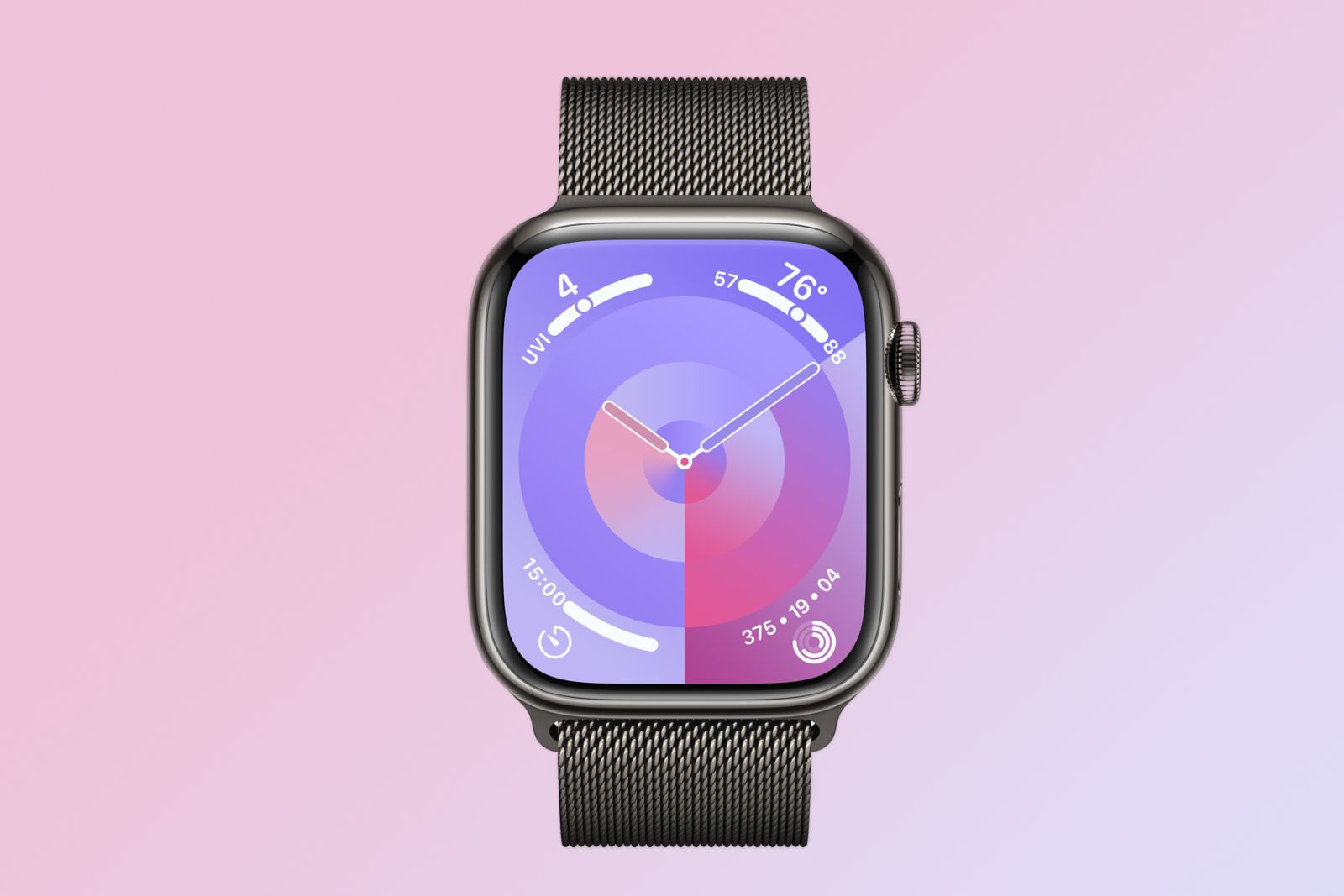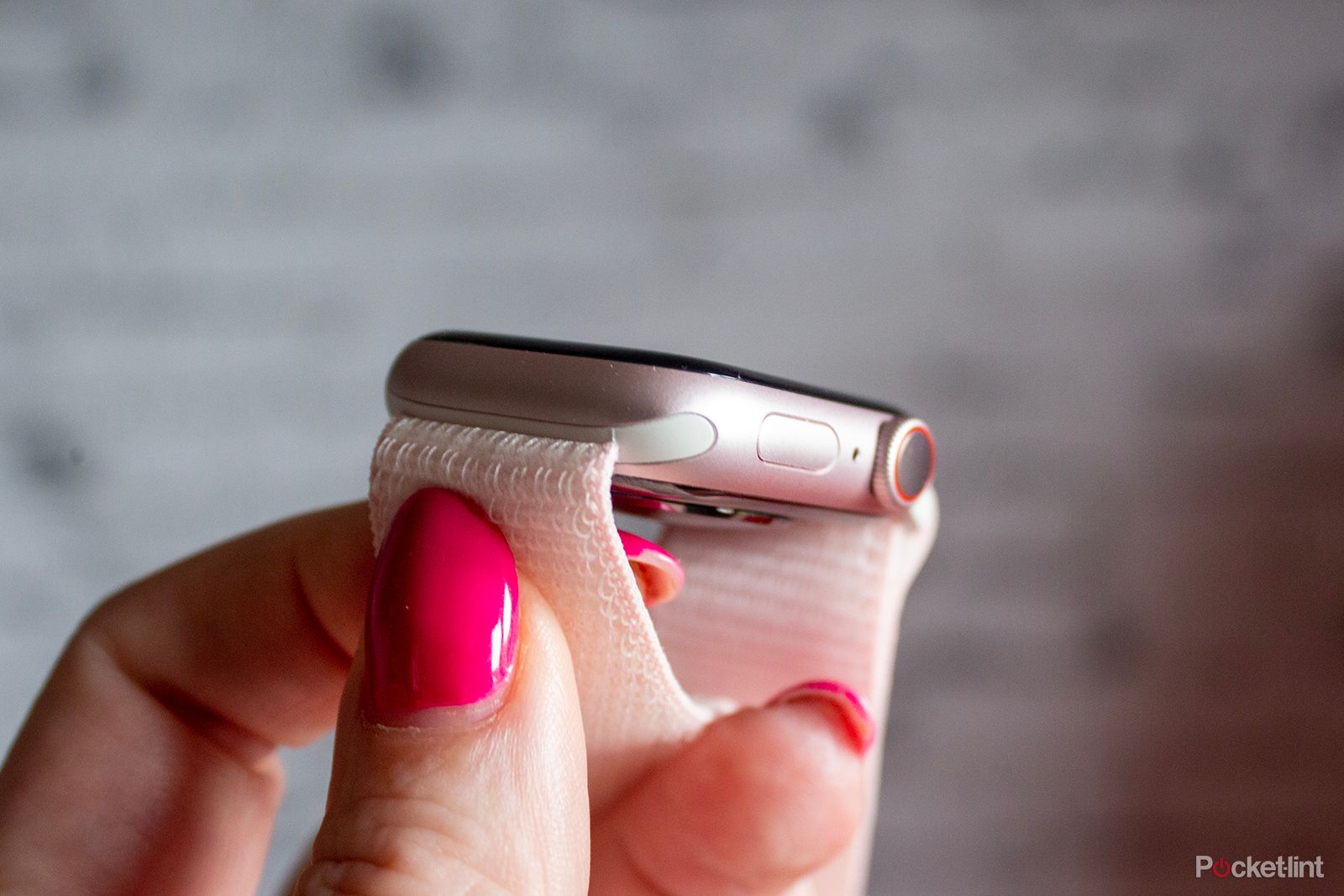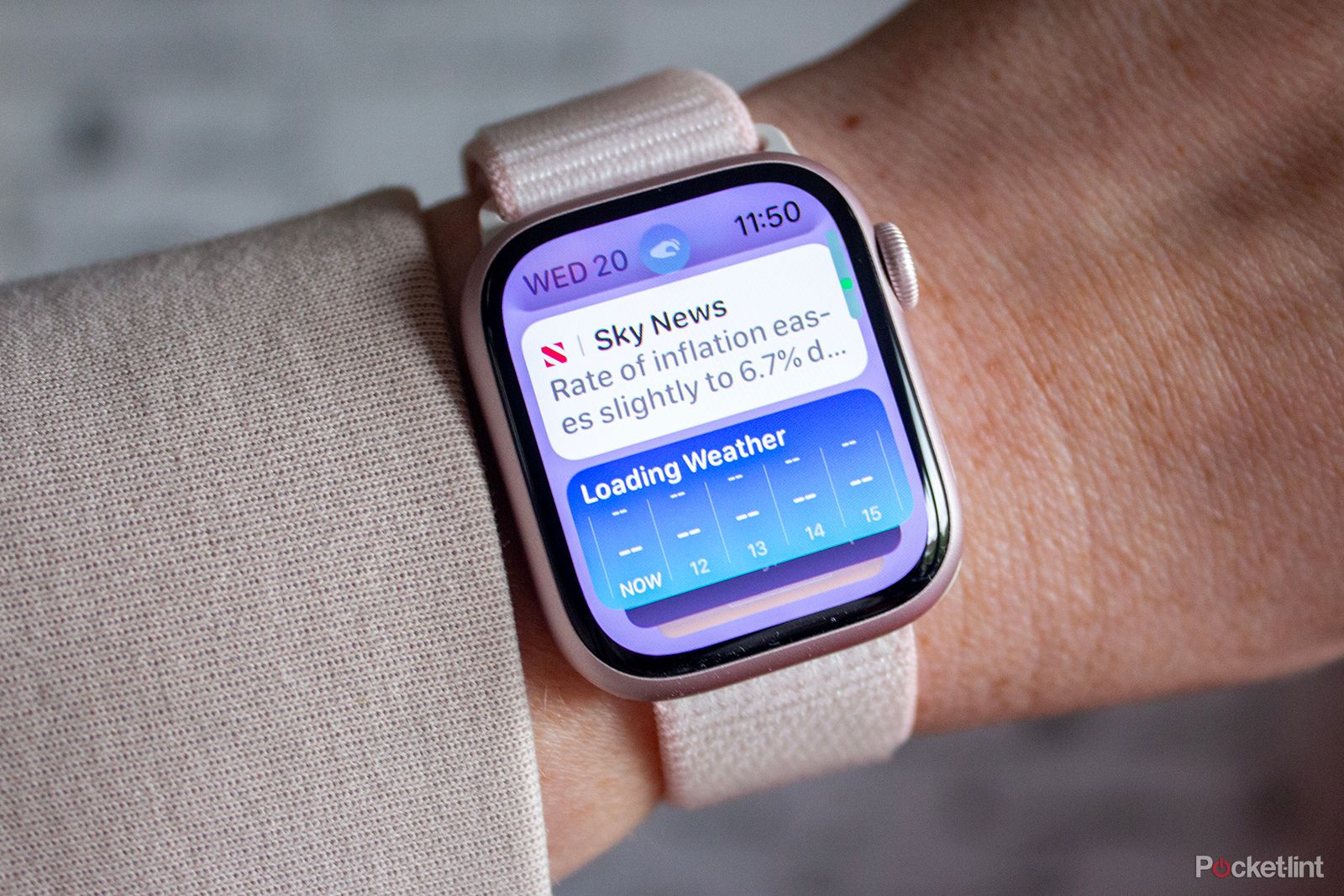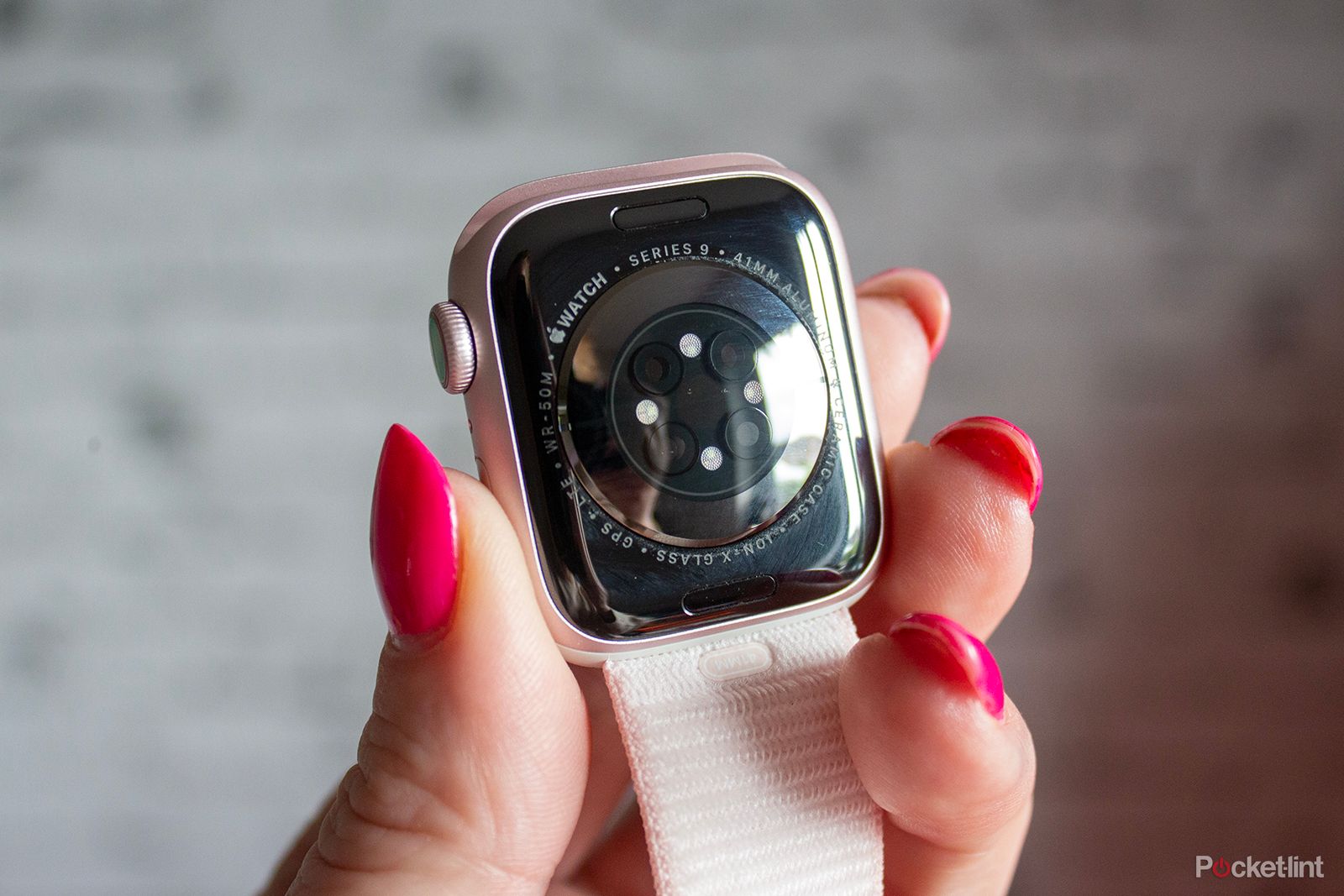When Tim Cook took to the stage to announce the original Apple Watch in 2014, it was a device that was more about making a fashion statement than anything else. Cook could have revealed it strutting down one of the Fashion Week catwalks with it on his wrist and he would have blended right in. Closing the three Rings was a thing, but the overarching health features that we see on the latest model were certainly not what the Apple Watch was initially about.
The original Apple Watch device was one of the most luxurious smartwatches on the market when it launched, and it had little competition at this end of the market, with the likes of Tag Heuer not announcing its Connected watch until a year later.
While we have seen a great many advancements in the Apple Watch over the last nine years, battery life has remained at one day and one day only for the regular model.
Despite this, Apple’s Eric Jue, director of Apple Watch Product Marketing, told me the Apple Watch is not only “the most popular smartwatch in the world, but the most popular watch in the world now”, so why is it that a below average battery life doesn’t seem to matter for the Apple Watch?

Apple
What the new S9 SiP means for Apple Watch
It’s easy to take for granted how much these small wrist computers are actually capable of doing, so when you consider all the features and processes happening on a daily basis, perhaps we are unfair to expect any more than a day of use before we need to top them up. And yet, that’s exactly the expectation many of us have.
The Apple Watch Ultra models achieve over 24 hours, as does Samsung with its Galaxy smartwatches and Garmin with its Fenix range and others so it is possible, it’s just not something the Apple Watch Series 9 offers. Like I said, that doesn’t seem to matter to most people, myself included. Jue told me that the company knows “people value Apple Watch because of all of the things it does for you”, adding that the reason people wear their Apple Watch “every single day of the week without fail” is “because it’s providing you with incredible utility.”
The Apple Watch Series 9 arrived in September 2023 and it brought with it a new S9 SiP (system in package). That chip is based on the architecture of the A16 Bionic chip from the iPhone 14 and it’s the biggest upgrade to the Apple Watch’s chipset since the Series 6. Apple’s Vice President of Hardware Engineering, Eugene Kim, told me there have been improvements each year, though for this year the SoC was what got upgraded, along with the display engine, allowing double the brightness and extra features like Double Tap and on-device Siri that have just arrived with watchOS 10.1. Kim also said it was the “close collaboration with hardware and software engineering teams” that creates the “proper balance between features, battery life and design.”
Two extra features might sound like nothing major but these two features are the result of all the extra power that SiP provides. The Double Tap feature, for example, runs on the Neural Engine of the S9 SiP, according to Kim, claimed to be “fast, accurate and power efficient, allowing it to run in the background continuously and not impact your battery life”. Kim also added that the “previous Neural Engine in the S8 SiP was not performant enough to run the new Double Tap gesture and would have required to run on the main CPU” which would use more energy and therefore affect battery life. The Neural Engine is also responsible for on-device Siri, which allows you to set a timer, start a workout or ask how many steps you’ve done and get an answer, even if you have a poor connection as it isn’t reliant on your iPhone. I was told that Apple Watch Siri has an average of 160 million requests every week and 90 million dictation requests on top of that so it looks like Siri is pretty popular.
I’m going to spout some extra numbers at you too for just a second – not because I really like getting geeky, but more because it’s key to this argument that Apple Watch seems to defy battery life expectations.
The S9 SiP is said to offer a 30 per cent bump in GPU compared to the Series 8, which is key for the animations and effects. Meanwhile, the four-core Neural Engine, that’s twice as fast as the Series 8, offers double the cache and two times faster ML (machine learning) tasks. Elsewhere – and this bit is important – there has been a 10 per cent reduction in energy consumption when taking heart rate measurements, as well as a 25 per cent reduction in power efficiency overall. Now that latter point is key, because a quarter reduction in power in theory means the Watch Series 9 could have added an extra four hours of battery given that 25 per cent of 18 hours is 4.5 hours. So why didn’t it?
Every micro watt counts
“Of course everybody would always love to have more battery life,” Jue told me, before adding “but we really did settle on a full day of battery because it is an easy charging routine. Almost everybody charges their iPhone every night – people are in that habit – so for Watch, since the very beginning, that was the same model we chose to go down and it makes sense of for the vast majority of people.”
Following on from Jue, Kim added that “every micro watt really truly counts” for the Apple Watch. Interestingly however, he also added that Apple “drives to add value to the product” in the form of “magical moments like the Double Tap gesture or finding your phone” rather than “just adding just hours”. He said that while adding hours “is a great feature for a lot of our customers”, if you add the great experiences in the features that translates to a better overall experience. I was told even small amounts of battery savings add up and can be used to power new features and that’s the takeaway point here. It’s something Apple has done with Watch – and it’s other products – for years.
Rather than add a couple of extra hours of battery life, it chooses to give you more capabilities, more features, and more power. The iPhone 15 Pro didn’t add extra hours on to its battery either. Instead, it offers Dynamic Island, more camera capabilities and the Action Button, for example, and the same applies for Apple Watch. Is it a decision everyone will agree with? Unlikely. But it is this decision that has resulted in a smartwatch that is no longer just a fashion accessory but a device that is capable of so much more. From taking an ECG/EKG on your wrist, to Fall Detection, Car Crash Detection, superb fitness tracking and the smartwatch basics.
Would you give up the ability to take an ECG from your wrist for an extra couple of hours of battery? My mother-in-law who has atrial fibrillation wouldn’t. What about giving up Fall Detection just so you didn’t have to charge your Apple Watch before bed? My dad who fell recently and broke his hip wouldn’t after his Watch alerted the right people to get him help when he was on his own. And that’s the point.
The exception, not the rule
It’s easy to criticise devices for what they don’t offer and battery life is very often a focal point of some of this criticism, especially when it comes to smartwatches. I’d argue that charging a smartwatch every day really isn’t a big deal and as Jue pointed out, people are in the habit of doing it with their iPhone so it’s not a new habit to form. I’d almost go as far as to say that charging it every three days is a harder routine to get yourself into. Plus, with fast charging support, charging takes nowhere near as long as it did when the Apple Watch first arrived.
The Apple Watch Series 9 is a long-standing feature of my wrist. I’m not even sure I’d recognise my wrist without it. I don’t just use it to check on my Rings, pay with Apple Pay or find my iPhone – I’m told this is used 40 million times a month – I also use my Apple Watch for sleep tracking. That means I can’t get away with not charging it every evening.
But my routine – as I’m sure others are – is fully cemented now and I am absolutely fine with it. At 10:30PM each evening, my Watch goes on charge while I shower and watch TV for an hour. I then pick it back up, pop it back on my wrist and everything is golden until the following evening where I follow the same routine. Frankly, if it wasn’t a daily thing, I’d probably forget to charge it on day 2 or 3 and wake up to find my alarm hadn’t gone off and I had inconclusive sleep data. It’s a first world problem but not knowing how badly I slept each evening is a frustration I simply don’t want to start my day with.
For me – and what appears to be many others given the Apple Watch’s popularity – there might be smartwatches out there that give you weeks of battery life, and others that give you days, but I’ll take a SiP upgrade and new features any day of the week over the extra juice. Speaking of which, hey Siri, how much battery do I have left?





